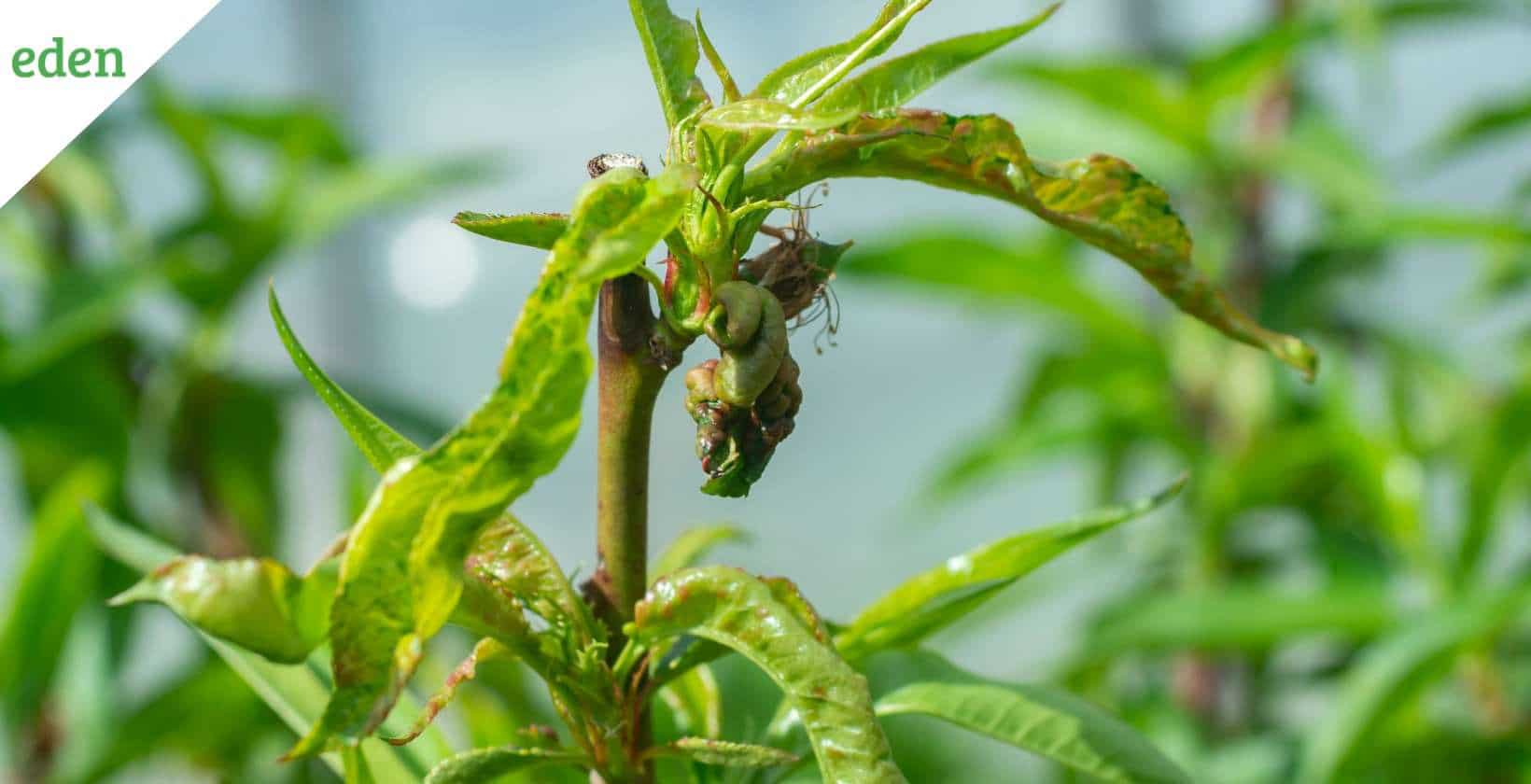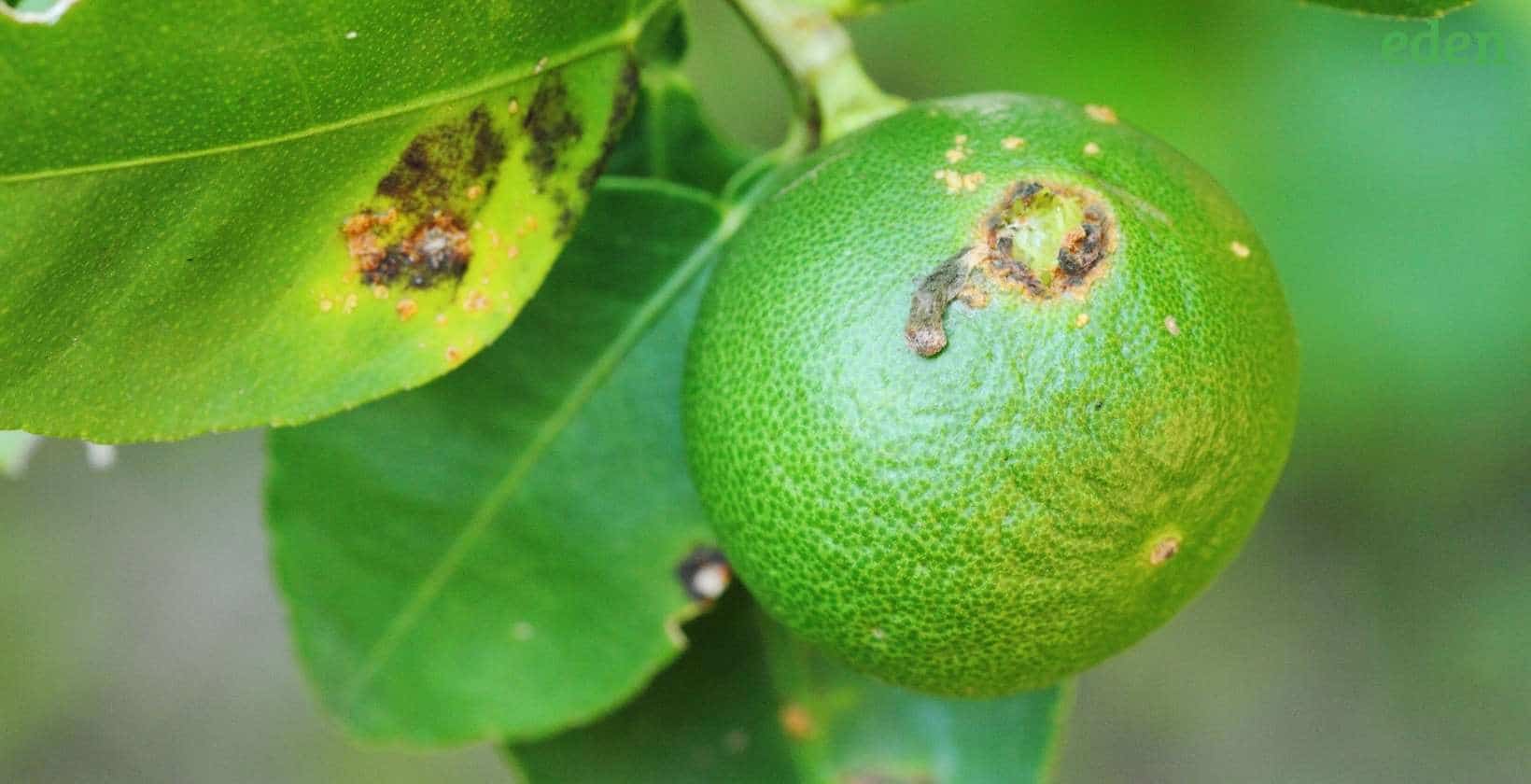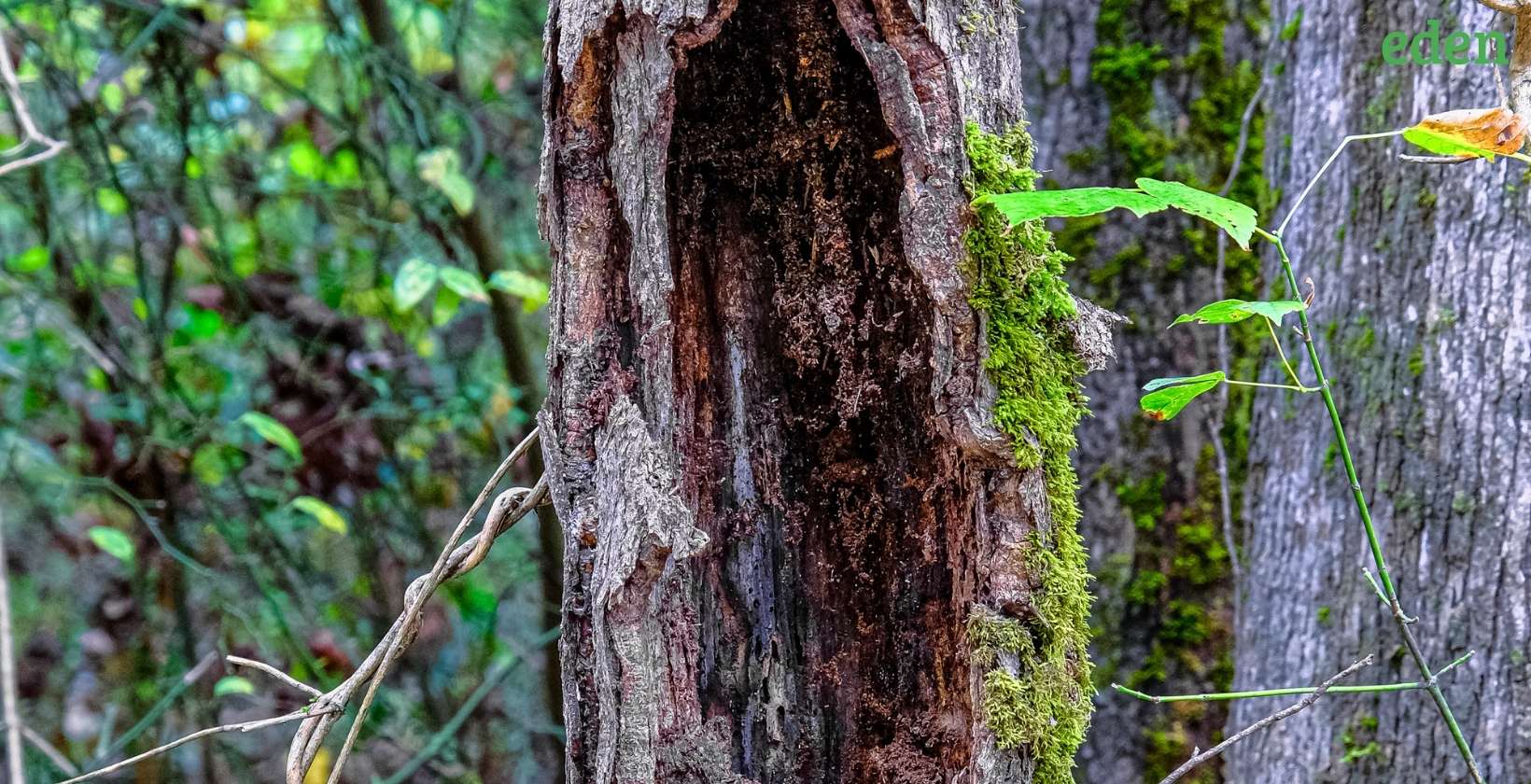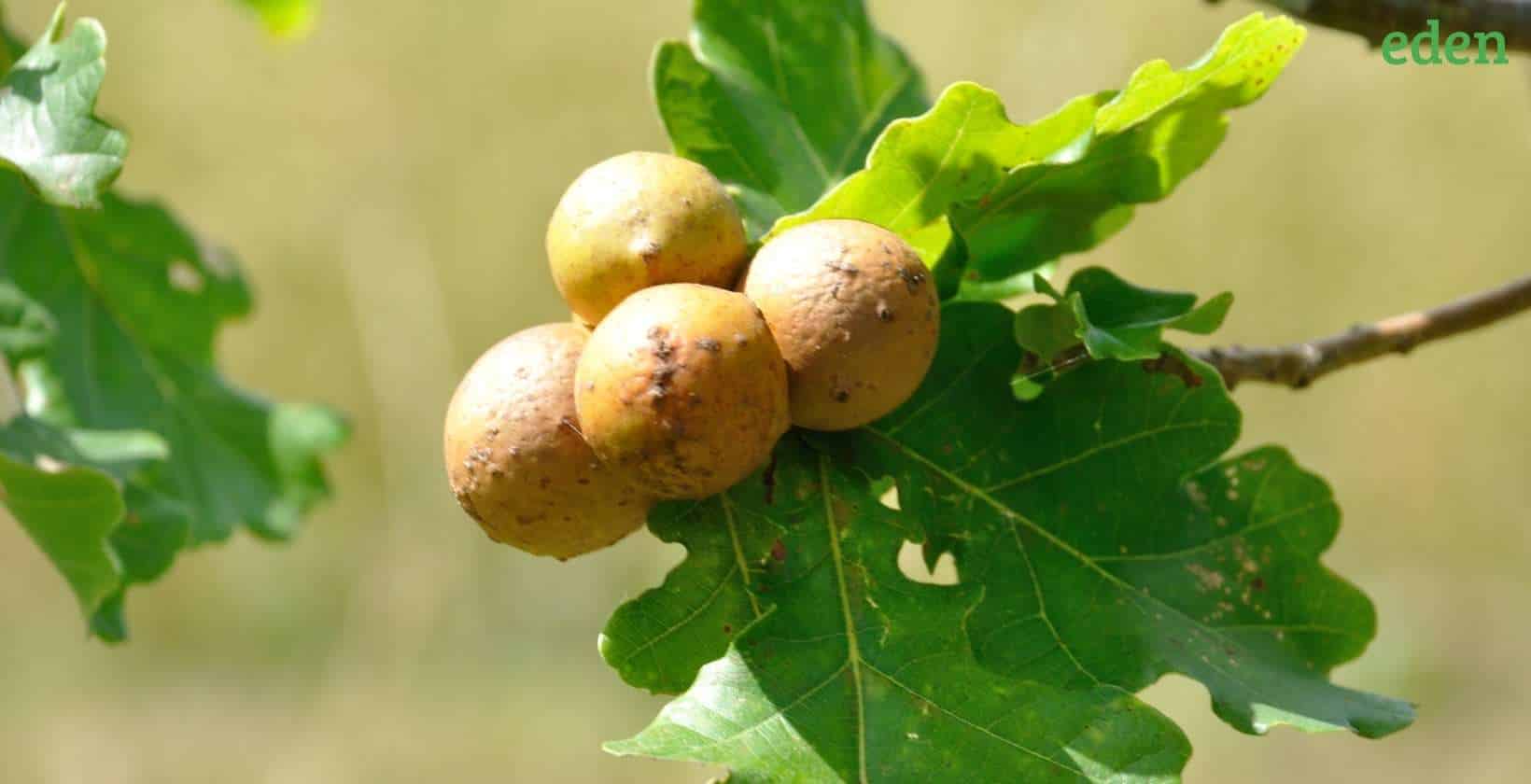
Treating the Peach Tree Diseases
Peach trees, just like any other plant, are vulnerable to disease, damage and decay. Commonly, peach trees can catch bacterial canker, bacterial spots, brown rot, crown gall and peach leaf curl.
Enjoy a beautifully manicured lawn with our timely yard work services that care for your yard according to the season. Call us today!
In this article, we’ll take a close look at the most common diseases that affect peach trees and the ways to treating the peach tree diseases. This is important to know if you have a fruit-bearing peach tree, as this knowledge can potentially ensure that the tree stays healthy and bear sweet fruit for years to come.
1. Bacterial Canker

Bacterial canker is a type of tree infection. It damages the tree’s bark and splits it, forming long, weeping cankers on the trunk, stems and branches of the tree. This is a severe disease that affects peach trees and can completely damage the tree, if not treated on time. Appearance of lesions low on the trunk can often be a sign that girdling is taking place. The bacteria tend to block or destroy the phloem, the part that supplies water and nutrients to every part of a tree. The bacteria do not seem to affect the roots of the tree though.
Signs of bacterial canker include:
- Oozing, long cankers around bud bases, limbs and trunks
- Small, reddish brown dots on fruit
- Deformities and pulp cracking in fruit
Cankers are deep, recessed areas of dead plant material that seem like long streaks and reach to the healthy plant tissue within. You may notice that the bark is completely dead around the infected areas, eventually spreading all over and killing the entire tree. There is also a distinct sour smell that emanates from the infected tree tissue.
Bacterial Canker Treatment
Garden care experts, such as Eden recommend homeowners to apply a high concentration spray of fungicide which has copper as a substantial ingredient. Next, prune away the damaged twigs and stems, at least a few inches behind the infected part. To treat cankers close to the tree trunk, you should hire professional garden care companies, such as Eden. Make sure you don’t focus only on the dry bark and keep your tools sterilized to avoid spreading the bacterial infection to other plants or trees.
2. Bacterial Spot

Bacterial spot can affect peach trees mildly and even severely. This infection is mostly seen on the fruit, twigs and leaves. It causes severe leaf loss which affects the fruit production. This also makes the buds and wood vulnerable to damage during winter. You may also notice that the peach are suffering sunburn or form cracks due to the bacterial infection.
Some of the most common signs to identify bacterial spot disease in a peach tree are:
- Small black, brown or purple lesions form on leaf tips and center
- Affected areas decay and leave holes
- Heavily infected leaves turn yellow and fall off
- Fruits have small, olive-colored circular spots
- Infected spots on the fruit may develop cracks, cleaving open the peach
Bacterial Spot Treatment
When you notice abnormal leaf loss, you should apply a fungicide spray that contains copper. Usually, bacterial spots can be treated with a dormant spray in the fall to protect the stems of the tree.
3. Brown Rot

Bacterial rot is a common disease that infects peach trees. It is a type of fungal infection that can often become severe, affecting flowers, fruits and shoots. The infection may spread fast and need proactive treatment.
Some of the common signs you can check for brown rot in your peach tree are:
- Brown-colored rot spores infect blossoms in the spring
- Rot spores can spread into shoots and flowers
- Wilted and withered flowers
- Gummy lesions on twigs
- Rotting fruit
- Spore-covered fruits
Brown Rot Treatment
The way to treat brown rot is by removing the infected, mummified rotting fruit, including the ones on the tree and those that have fallen to the ground. Make sure to prune your peach tree in the winter and remove cankers from the twigs to ensure proper air-flow. Use a fungicide with captan or propiconazole, which is safe for peach trees.
You should begin spraying the fungicide at full bloom. Repeat the treatment twice, every 10 to 14 days. Once you notice the peaches changing color, increase the spraying frequency to once every 7 days.
4. Crown Gall

Crown gall affects many plants, including peach trees. Though it probably won’t kill the tree, it can cause problems with growth and fruit production. Crown galls usually affect the tree’s circulation system that is responsible for carrying water and nutrients to all parts of the peach tree.
Some common signs and symptoms of crown gall affecting peach trees are:
- Random-shaped tumors growing on roots, crowns, or branches, trunks and stems
- Small, soft lumps turning into hardened, woody knobs
- Growth gets slowed, stunting tree height and even leaves
- Fruit production may be severely affected
Crown Gall Treatment
Treatment for crown gall disease involves dipping the tree seedlings in an antibacterial wash before planting. Prevention is extremely crucial to avoid injuries to the tree. Make sure to use proper pest control methods to keep away insects that bore into trees.
5. Peach Leaf Curl

Peach leaf curl is a fungal disease that is more common in warm, wet climates. This fungal infection is mostly seen in spring. It can stunt tree growth in the infected branches. It also makes the infected branches more vulnerable to damage during winter. The infection also causes damage to the fruit.
Some of the common signs that indicate your tree is suffering from peach leaf curl are:
- Thickened, puckered, curled leaves
- Swelling on the upper side of new leaves
- Reddening of infected area of leaves
- Faded yellowed leaves falling to the ground
- Infected fruit have small, white spots of rot
Peach Leaf Curl Treatment
Prevention is the best solution against peach leaf curl. Once the temperatures cross 50 degrees, the fungus begins reproduction and releases spores for this. You need to treat your tree before this happens. Make sure to spray the peach tree with a fungicide containing copper. The best time to take this precaution is right after the fall but before spring, once the leaves have dropped and the buds are yet to open.
Conclusion
Some of the most common diseases that affect peach trees include bacterial canker, bacterial spots, brown rot, crown gall and peach leaf curl. Usually, these can be effectively treated by spraying with a fungicide containing copper. You may need to prune the infected areas in some cases. It is highly recommended to consult and hire professional garden care experts, such as Eden, for best results.
Enjoy a beautifully manicured lawn with our timely yard work services that care for your yard according to the season. Call us today!

